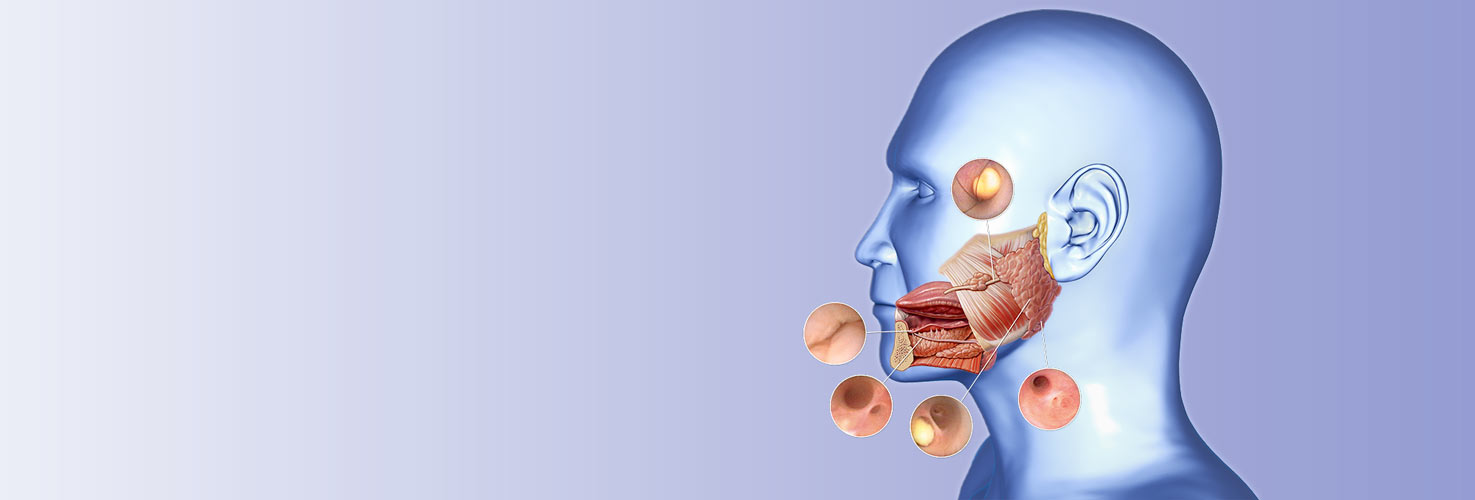Sialendoscopy is a prime example of the shifting paradigms in surgery which have irrevocably changed the landscape of our specialty. Other minimally invasive procedures such as: transoral CO2 laser surgery of the larynx, endoscopic-assisted thyroid surgery, functional endoscopic sinus surgery, and robotic surgery have been made possible through the close co-operation between surgeons and industry. These remarkable advances in our specialty, driven by the development of innovative technology, have made minimally-invasive surgery readily available for the benefit of our patients.
The development of the flexible endoscopes, tiny enough to be inserted into salivary ducts was pioneered by Karl Storz. Professor Marchal, in close collaboration KARL STORZ, developed a series of miniaturized instruments which can be inserted through the endoscope to accomplish a variety of important tasks, such as: pulverizing calculi with a laser, retrieving calculi with a forceps or a basket, biopsy of lesions, removing granulation tissue, dilating stenotic ducts, and irrigating ducts clogged with mucous such as those that develop secondary to treatment.
The new paradigm in the management of sialadenitis and calculi has in large measure eliminated the need to remove salivary ductal stones or non-malignant salivary glands by open surgery. This new approach has modified our thinking about these problems and has resolved many of the complications inherent in the open approaches.
Successful application of sialendoscopy, as with all minimally invasive procedures, requires a well-organized training program. Surgeons from around the world have attended the many courses that Professor Marchal has organized in Geneva and many other countries around the world.
In theses courses, didactic material is supplemented by a robust "hands-on" animal laboratory experience as weel as observation of live surgery dispensed in 3D in the conference room. Such an intensive educational experience is necessary to assure a firm foundation for the surgeon wishing to perform sialendoscopy.
Research is another important element in this area of our specialty. The European Salivary Gland Society (ESGS) was formed to promote research in this area, and includes members from: Basic Sciences, Dental and Oral and Maxillofacial Surgery, Otolaryngology - Head and Neck Surgery, Pathology and Radiology all of whom have a partcular interest in salivary gland disorders. The ESGS organizes courses and conferences, promotes teaching and designs consensus protocols for European Standards through multi-disciplinary efforts.
Eugene Myers
M.D., F.A.C.S., F.R.C.S., Edin (Hon)
Distinguished Professor of Otolaryngology
University of Pittsburgh School of Medecine, Pittsburg, PA, U.S.A.

